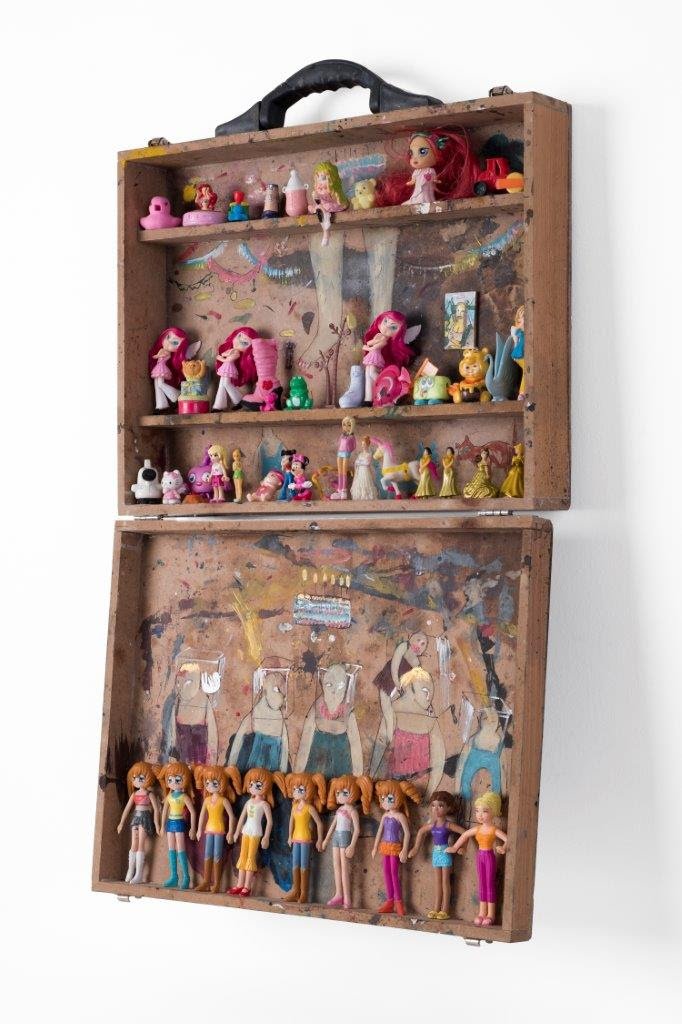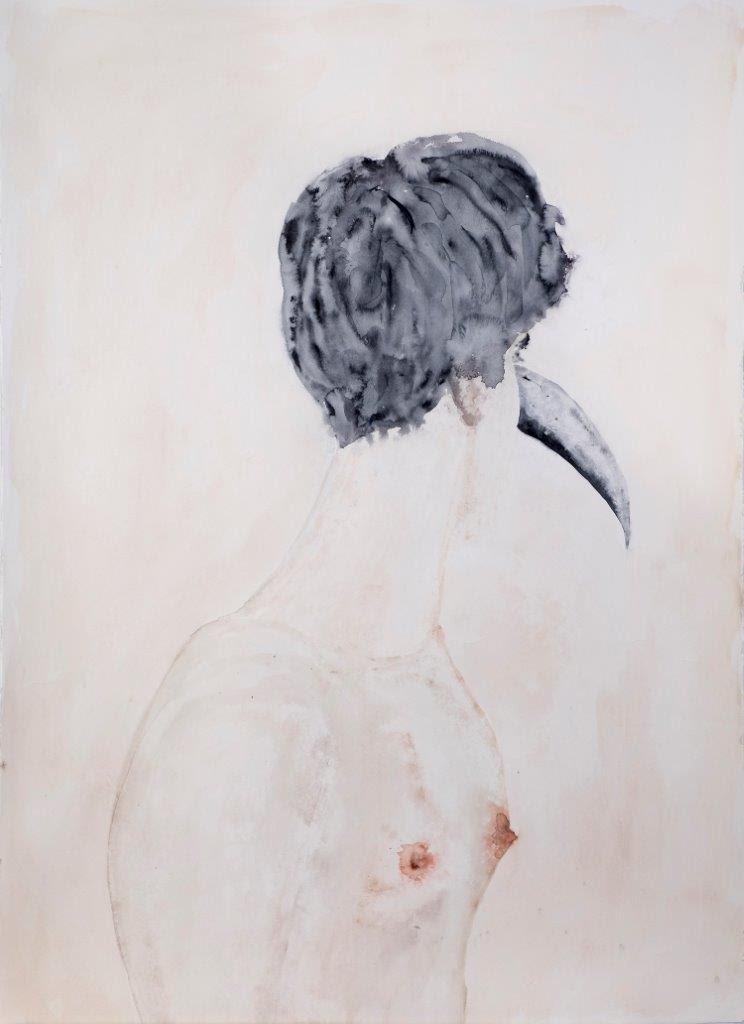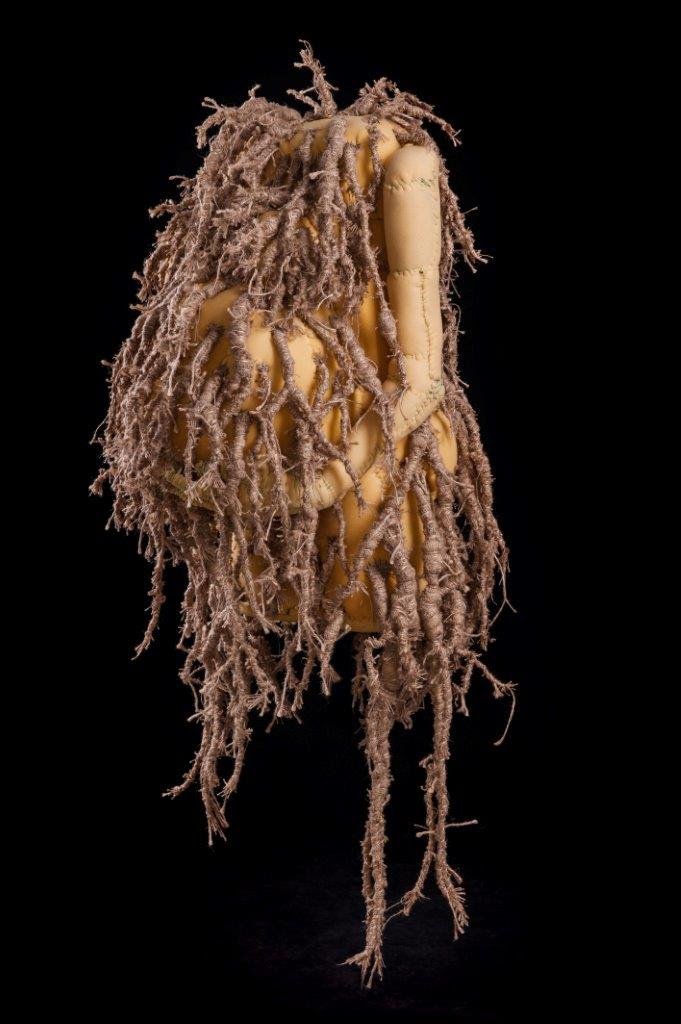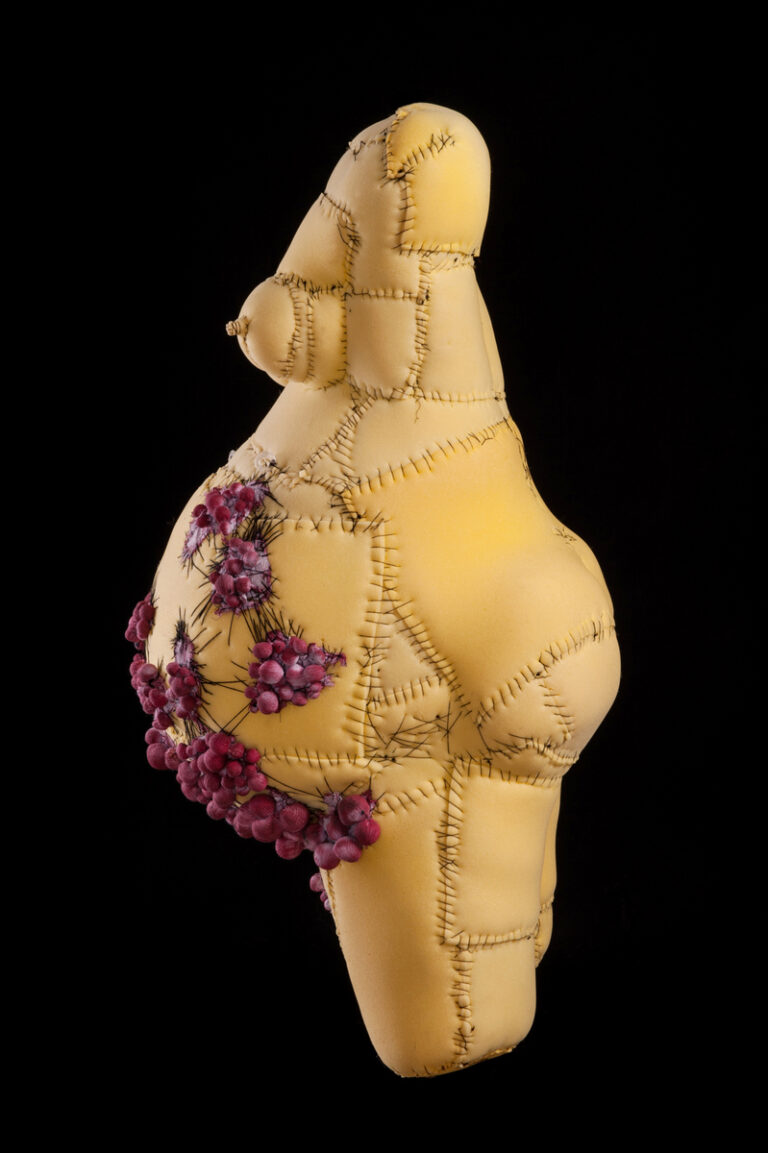Shaqayeq Ahmadian- Farzad Shekari- Parisa Taghipour
A group exhibition
Opening at Aaran Projects on 20th July 2018
On view until 6th August
If traditionally depiction of the perfect body was used to explore and express allegory, beauty and sexuality, in recent decades the perception has changed and there has been a focus on imperfections with many artists refraining from chasing the mirage of perfection. This exhibition aims to show imperfections and reality depicted in the works of these three artists whose practice circles around human body with the obvious intention of offering their own stories and interpretations. In these highly emotional works, imperfection is the key. Deficiency is a virtue, flaws are celebrated, inadequacy is enough, and the ugly is beautiful.
Shaqayeq Ahmadian, at tender age of 23, provokes an emotive reaction because we are familiar with these scenes and functions; a birthday party, the memory of a picture taken with our friend or sister, the photograph of a favorite pet. Our memory of similar experiences can be happy or distressing or negative or altogether positive, and it is this connection that endears her work to the viewer. With simple lines and materials and with a free and playful approach, she offers ambiguity; what will happen next, why is it happening, what will be the outcome. She leaves the viewer lingering on, hoping for the best and bracing themselves for the worst. The images are open ended; there is no finality and no lessons to be learned, only a sigh, a moment, a little bit of happiness or not.
Farzad Shekari, in his series Kane and Abel, offers similar vagueness. The first question that arises is which image is Kane and which one is Abel. The end of this infamous story is well known, but what happened before that? What transpired? Who did what first? In his simple yet entirely controlled style, he tells a tale of brotherhood, manhood, betrayal, guilt and remorse. In these fluid paintings the focus is on emotions and viewer can track the dotted lines, leading them to explore the fate of boys that grow to men. Appropriating such a legendry tale, artist refrains from painting heroes’ body or that of a fallen one. There are no victims and no winners, there is only the sad tale of people who are incapable of coming together and celebrating their similarities rather than their fears and obsessions.
Parisa Taghipour’s dramatic figures salute the legendary female heroines of human history as well as Persian mythology. Eve and Anahita and Tahmina are molded to bring their story to 21st century: Eve that is mother to all, Anahita who is the goddess of water, fertility and healing, Tahmina the female heroine of Shahnameh who embraced her fallen son. The imperfect female body, camouflaged (to avoid censorship) with glands and tumors, are perhaps references to broken souls of many women who have suffered in our patriarchal society for centuries. In a system that is concerned with the virtue of its women and not its men, these bold, broken and highly expressive figures, are worthy substitutes for legendry heroines and goddesses.



